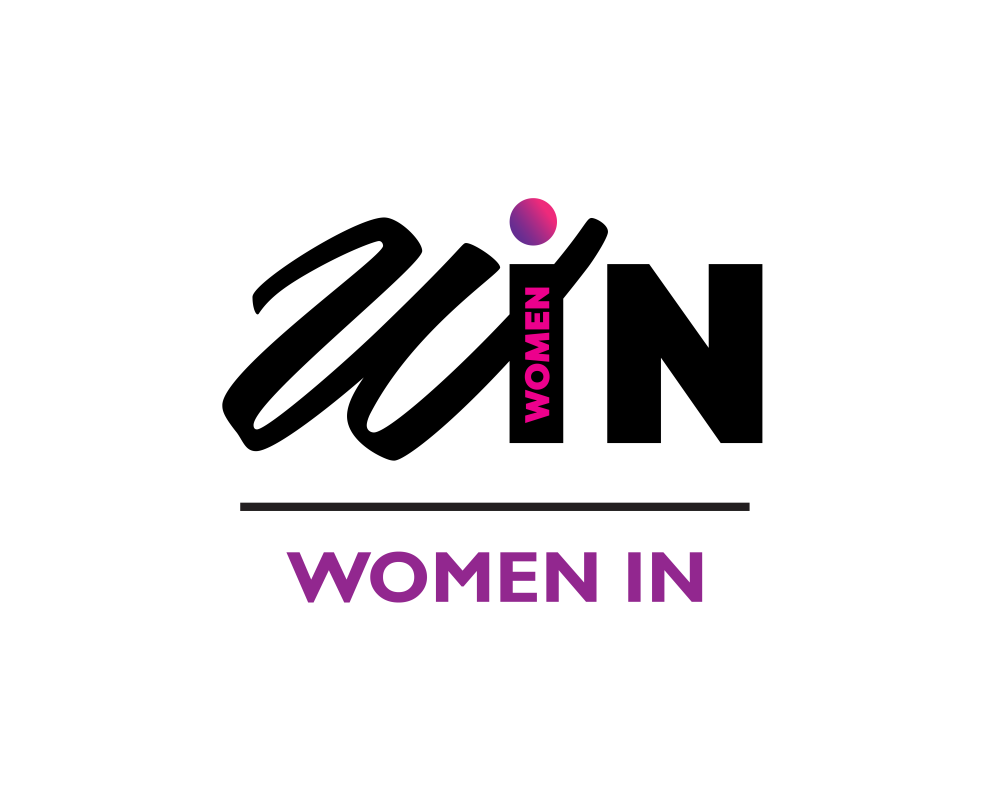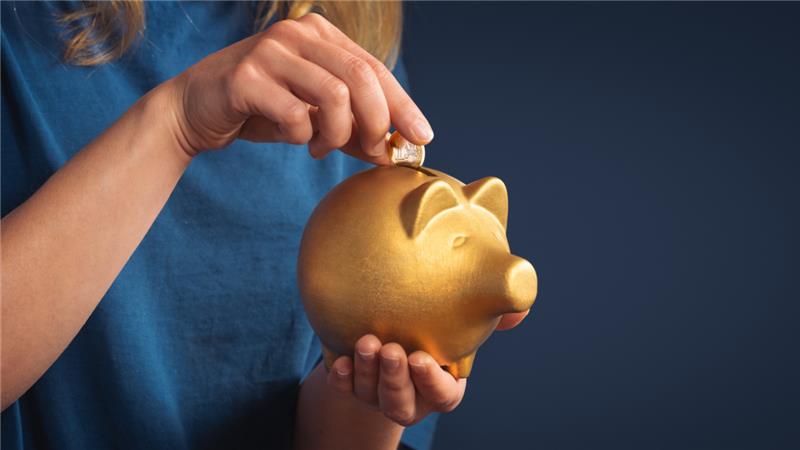The data is clear: when women have equal access to education and employment, everyone benefits. Economies become more resilient, households become more stable, and societies become more just.
Yet the annual funding gap currently preventing developing countries from achieving gender equality by 2030—a key Sustainable Development Goal (SDG)—is a staggering $420 billion.
This figure was reported by UN Women and the United Nations Development Programme (UNDP) in their recent report, The Costs of Achieving the SDGs: Gender Equality. The report reflects missed targets, but more importantly, it signals a deep, structural barrier to economic and social development for entire nations.
Nowhere is the potential return on gender equality more striking than in Africa.
McKinsey & Company’s “best-in-region” scenario illustrated this clearly. If every African country were to have matched the gender equality performance of its most advanced regional peer, the continent would have seen a GDP boost of approximately $316 billion by 2025, a 10% increase within just a few years.
Why the gap?
Between now and 2030, achieving gender equality across 48 developing countries is estimated to cost around $6.4 trillion a year. That’s about 20% of their combined GDP. When you break it down, it would take about $1,383 per person annually to reach equality in key areas like ending poverty, tackling hunger and ensuring that women can participate fully and equally in all parts of society.
Bridging this funding gap would mean increasing annual spending by just 6%. With the growing debt burden that African countries face, developing countries would need to rely heavily on foreign aid and effective policy implementation to create a dent in this investment gap in the short term. However, this seems like a relatively small sacrifice to make when you compare it to the potential for massive long-term impact.
Why are there high returns on gender investment?
Take workforce participation as an example. Greater gender inclusion means more people enter the labour market, increasing the overall supply of skilled labour. According to the OECD, a mere 1% increase in female employment can raise a country’s GDP by up to 0.3%. In sub-Saharan Africa, where the economic potential is especially high, closing gender gaps in labour force participation could lead to a GDP increase of between 12% and 25%, according to the IMF.
Beyond employment, there’s another powerful effect at play: reinvestment. Research from UN Women shows that women reinvest up to 90% of their income back into their families and communities—far more than men, who typically reinvest between 30% and 40%. This means more money goes towards children’s education, healthcare, nutrition and household needs. In turn, this increased household consumption stimulates broader economic growth, helping to build stronger, more stable economies.
As such, if full gender equality were to be achieved across education, employment, leadership and legal rights, the ISS model projects an additional $1 trillion added to Africa’s economy by 2043. That represents a 12% increase in GDP per capita.
The ripple effect: How women invest in others
On the other hand, the case for gender equality is also not only about economic output It is also about how that output is used. Women aren’t just participants in the economy; they are multipliers of impact.
According to a study by the Women’s Philanthropy Institute, women are significantly more likely than men to donate to a wide range of charitable causes, particularly those related to youth and family development. Even when controlling for income, women give more, give more often, and support a broader range of issues.
This pattern reinforces the idea that when women are empowered, the benefits ripple outward. Their investments, whether in time, money or care, go toward the well-being of others. They help to cultivate stronger communities and instil values of generosity and long-term thinking. In many ways, women serve as the foundation for intergenerational progress.
Investing in women is a strategic, far-reaching investment that delivers outsized returns for everyone. Therefore, if we are to build a more prosperous, more stable, and more equitable world, gender equality must be at the centre of our efforts and as the numbers show, the ripple effects will be felt for generations to come.







